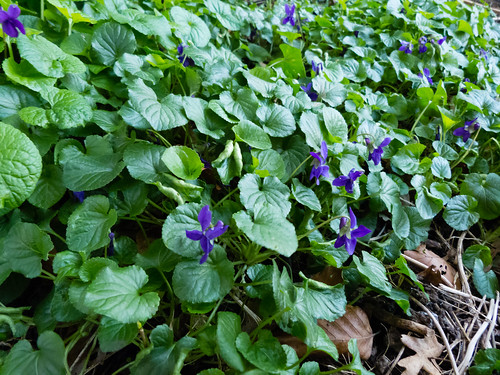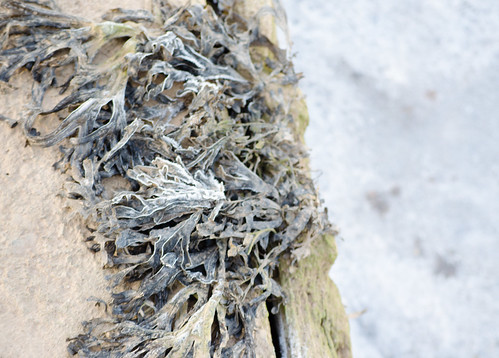Dangling seed-heads on a riverside plane tree. This year’s leaf buds and the lichen encrustation on the branches can also be seen.
Author: David
Exe 6: hungry swan
This swan was on the Exeter canal, not far from its seaward end at the Turf public house.
I was as hungry as the swan. The Turf is a welcoming pub when it is open. Sadly, it stays closed early in the year until the school half term.
Exe 5: two members of the heron family
A little egret feeding in the river Clyst just before it joins the Exe at Topsham, and the brief snatch of video I got of a grey heron on yacht moorings right near the centre of the village before it was disturbed and flew off.
Exe 4: early violets
Exe 3: frosted seaweed
Exe 2: green plover feeding
This green plover was prospecting the ground not far from the hide on the RSPB reserve at Bowling Green marsh, Topsham.
Exe 1: avocets feeding
Because of the cold weather, I haven’t been getting out for recent pictures of Wolverhampton wildlife.
To carry on the daily posts, the next few days will have photos and videos I took on a long weekend by the Exe estuary in south Devon earlier this month.
Today’s video features the bird whose name has been borrowed by the marketing department of the rail line to the east of the Exe between Exeter and Exmouth – the avocet.
Avocets are wading birds. Here they are seen feeding by searching muddy water and soft mud with their delicate-looking upcurving beaks. The last bird might be finding its prey by sight in the clearer water of a tributary of the Exe.
The Exe estuary is the winter home to thousands of avocets.
Former coral reef, the Quarry, Wrens Nest
View of the taller hill of “Fossil Mountain” from the top of the smaller hill. The hills are remnants left on the fringe of one of the former quarries that are spread over the nature reserve.
They are the remains of a coral reef which grew when the land which one day would form the Black Country lay under a shallow tropical sea.
The hills are extraordinarily rich in fossils, which are best found by looking in the erosion debris below them.








